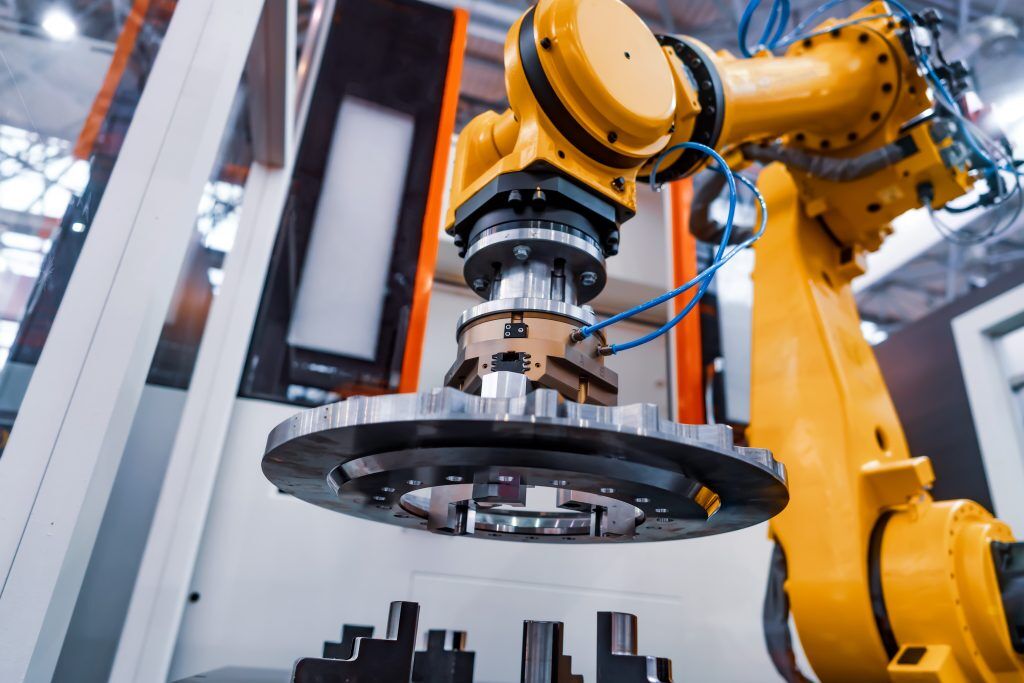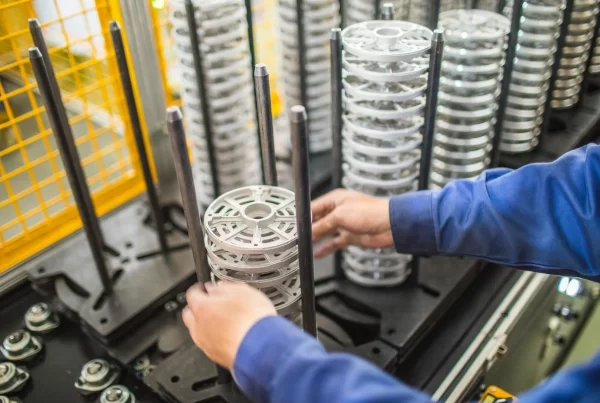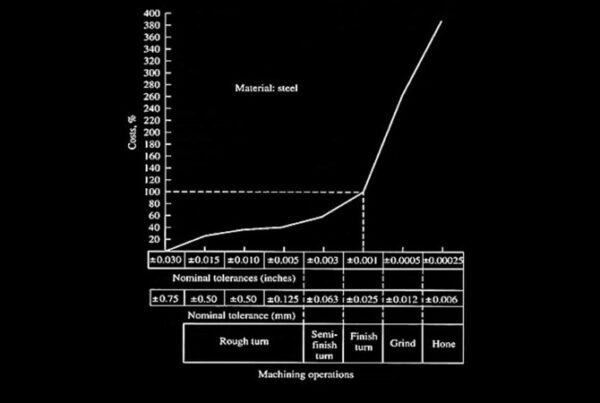The aerospace and defense manufacturing industry is at the precipice of a transformational era. With the advent of Industry 4.0 technologies, combined with the advancements in Computer Numerical Control (CNC) machining, the future of manufacturing in this sector is poised to reach new heights. In this article, we’ll explore how CNC machining, in particular, will play a pivotal role in shaping the aerospace and defense manufacturing landscape over the next 10 years.
CNC Machining: A Revolution in Precision
CNC machining has been a critical component of aerospace and defense manufacturing for decades, providing unparalleled precision in the production of complex components. However, with the integration of Industry 4.0 technologies, CNC machining is on the brink of becoming even more sophisticated and efficient.
Digital Twin Technology
One of the most exciting developments in CNC machining is the utilization of digital twin technology. Digital twins are virtual replicas of physical manufacturing systems. In the aerospace and defense industry, digital twins are being employed to simulate and optimize CNC machining processes before they even begin. This simulation allows for fine-tuning of parameters, reducing errors and improving the efficiency of production.
Real-time Monitoring and Feedback
Industry 4.0 enables real-time monitoring of CNC machining operations. Sensors attached to machines collect data on temperature, vibration, tool wear, and other crucial variables. This data is then analyzed in real-time, allowing for immediate adjustments to maintain precision and minimize the risk of defects. It ensures that each component produced is of the highest quality.
Adaptive Machining
Advancements in CNC machining are also leading to adaptive machining techniques. Machine learning algorithms and AI-powered systems can adapt tool paths and parameters on the fly, optimizing cutting speeds and tool engagement angles for each unique component. This level of adaptability reduces machining time, tool wear, and energy consumption, ultimately lowering production costs.
Integration with Additive Manufacturing
CNC machining is increasingly being integrated with additive manufacturing (3D printing) processes. This synergy allows manufacturers to create hybrid components, leveraging the precision of CNC machining for critical features while utilizing 3D printing for complex geometries. This integration enhances design flexibility and component performance.
Enhanced Tooling and Material Developments
As CNC machining becomes more advanced, so do the tools and materials used in the process. Cutting tools are now designed with greater precision and durability, enabling them to withstand the high-speed, high-precision demands of aerospace and defense manufacturing. Moreover, advancements in materials science are leading to the development of lightweight, high-strength alloys that are ideal for CNC machining in this industry.
The marriage of CNC machining and Industry 4.0 technologies is set to revolutionize aerospace and defense manufacturing over the next decade. Digital twin technology, real-time monitoring, adaptive machining, integration with additive manufacturing, and improved tooling and materials are just a few of the advancements that will drive the industry forward.
As we navigate the skies of tomorrow, the aerospace and defense manufacturing sector will continue to rely on CNC machining as a cornerstone of precision engineering. However, it will do so with newfound efficiency, flexibility, and adaptability, thanks to the innovations brought about by Industry 4.0. With CNC machining at the forefront of these developments, we can expect to see even more remarkable and capable aerospace and defense technologies taking flight in the years to come.





